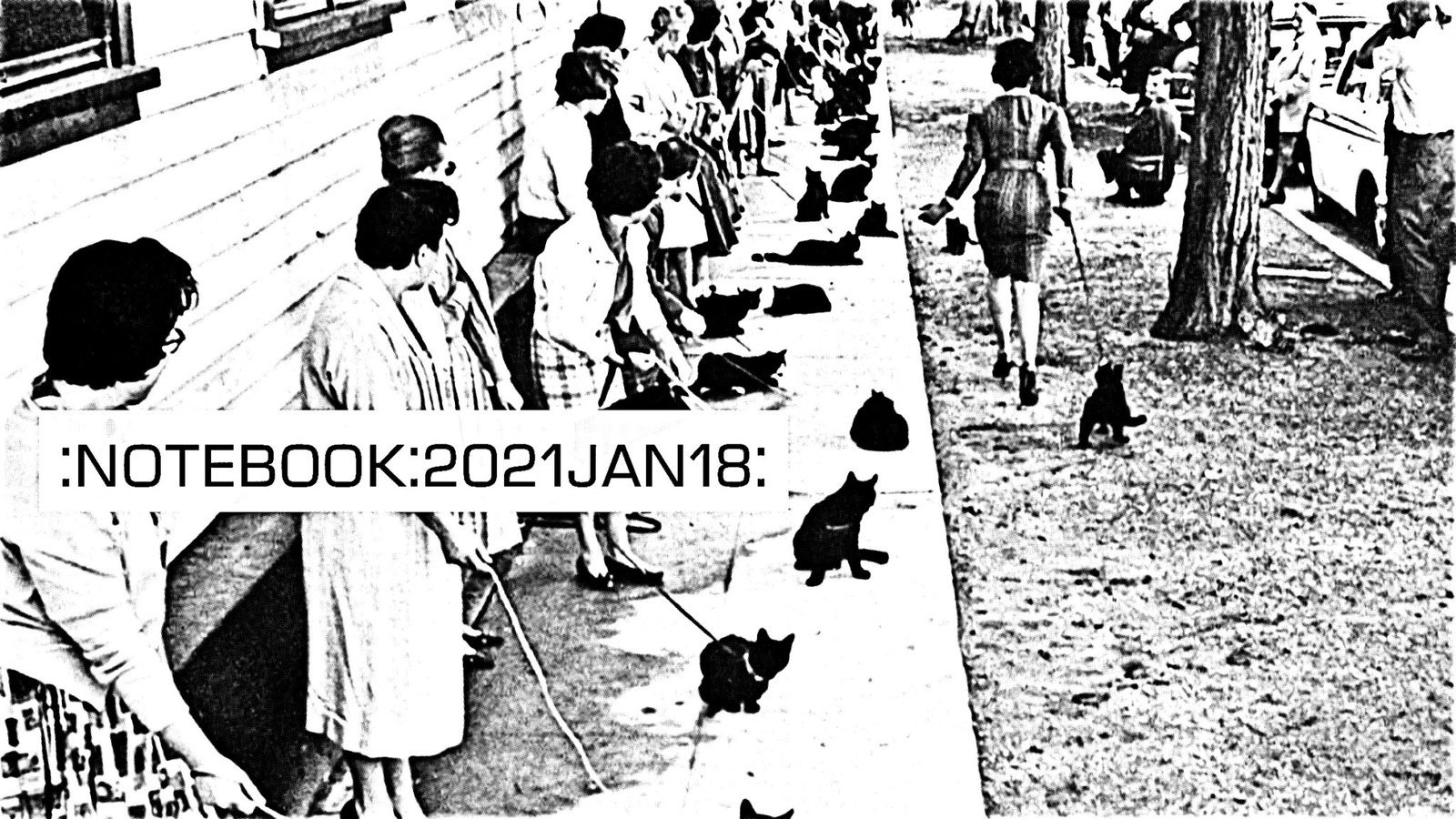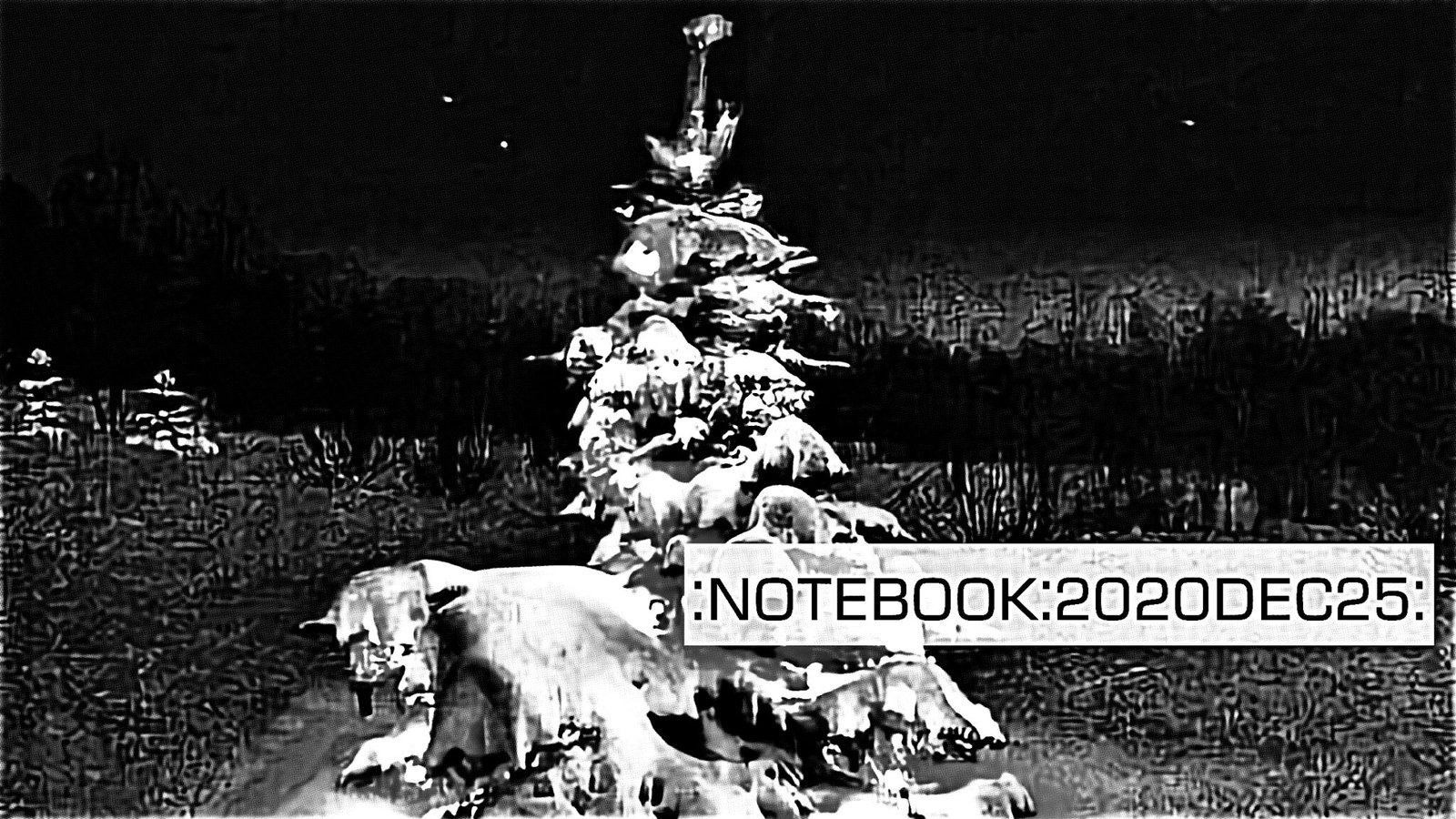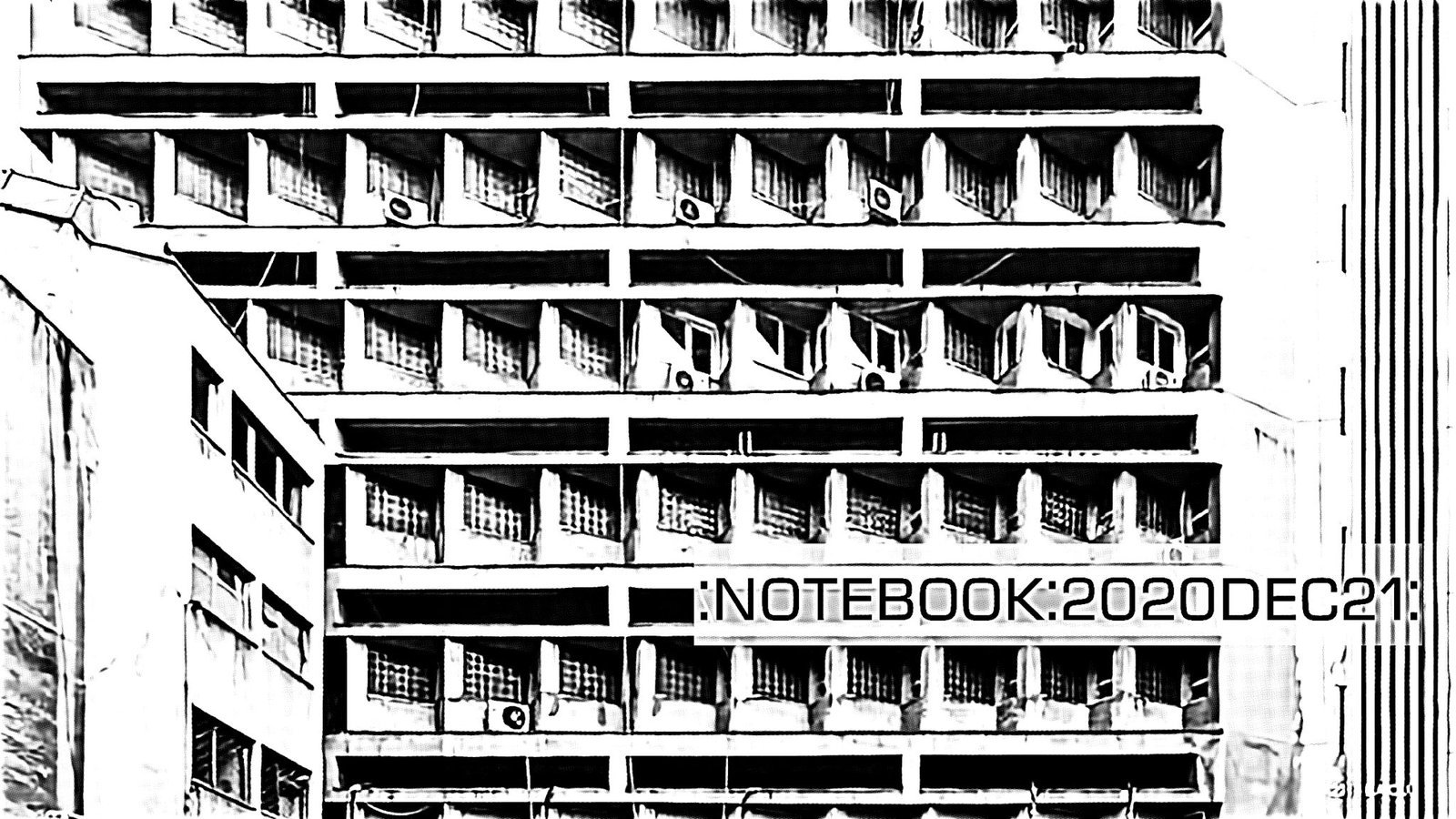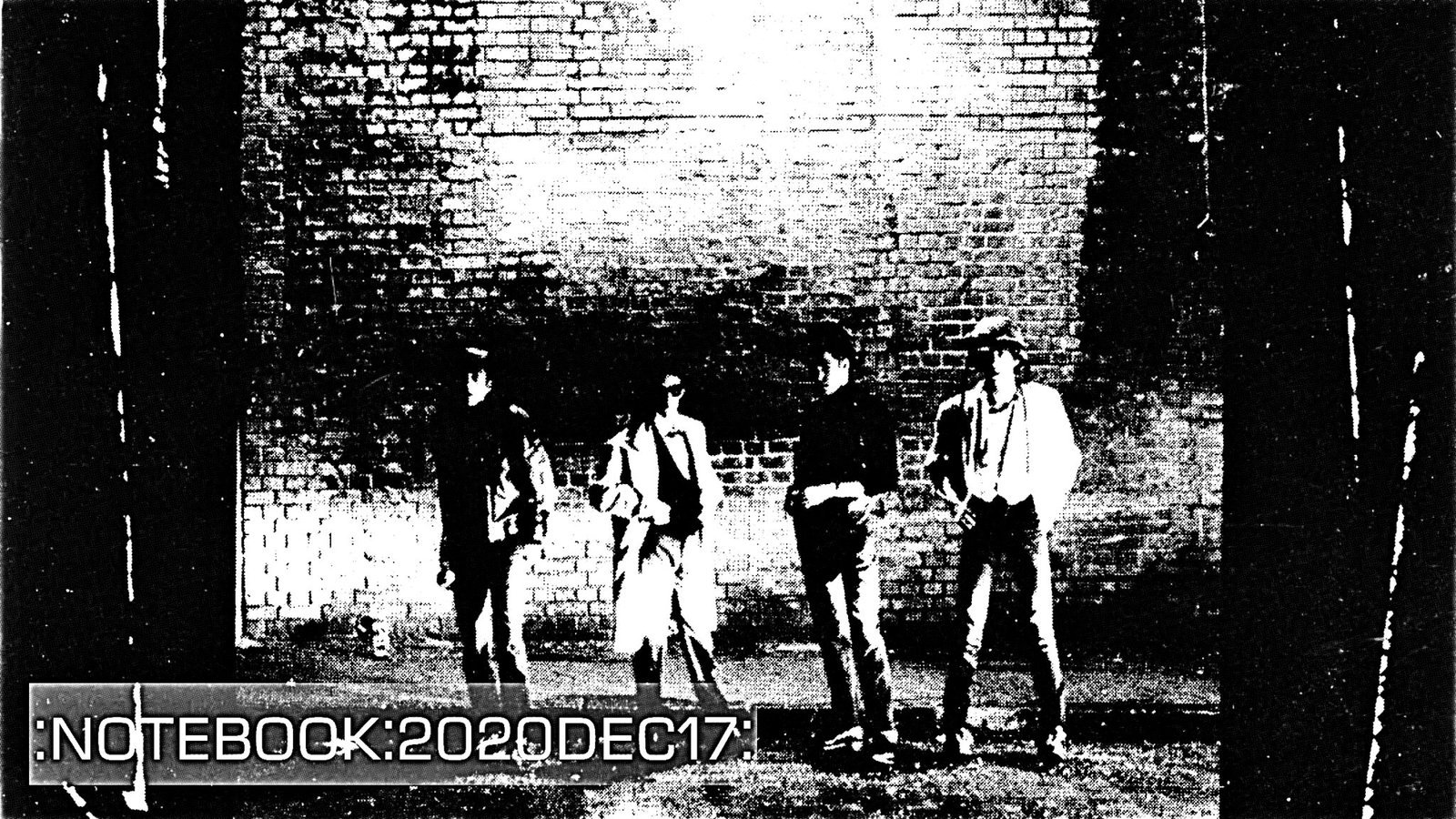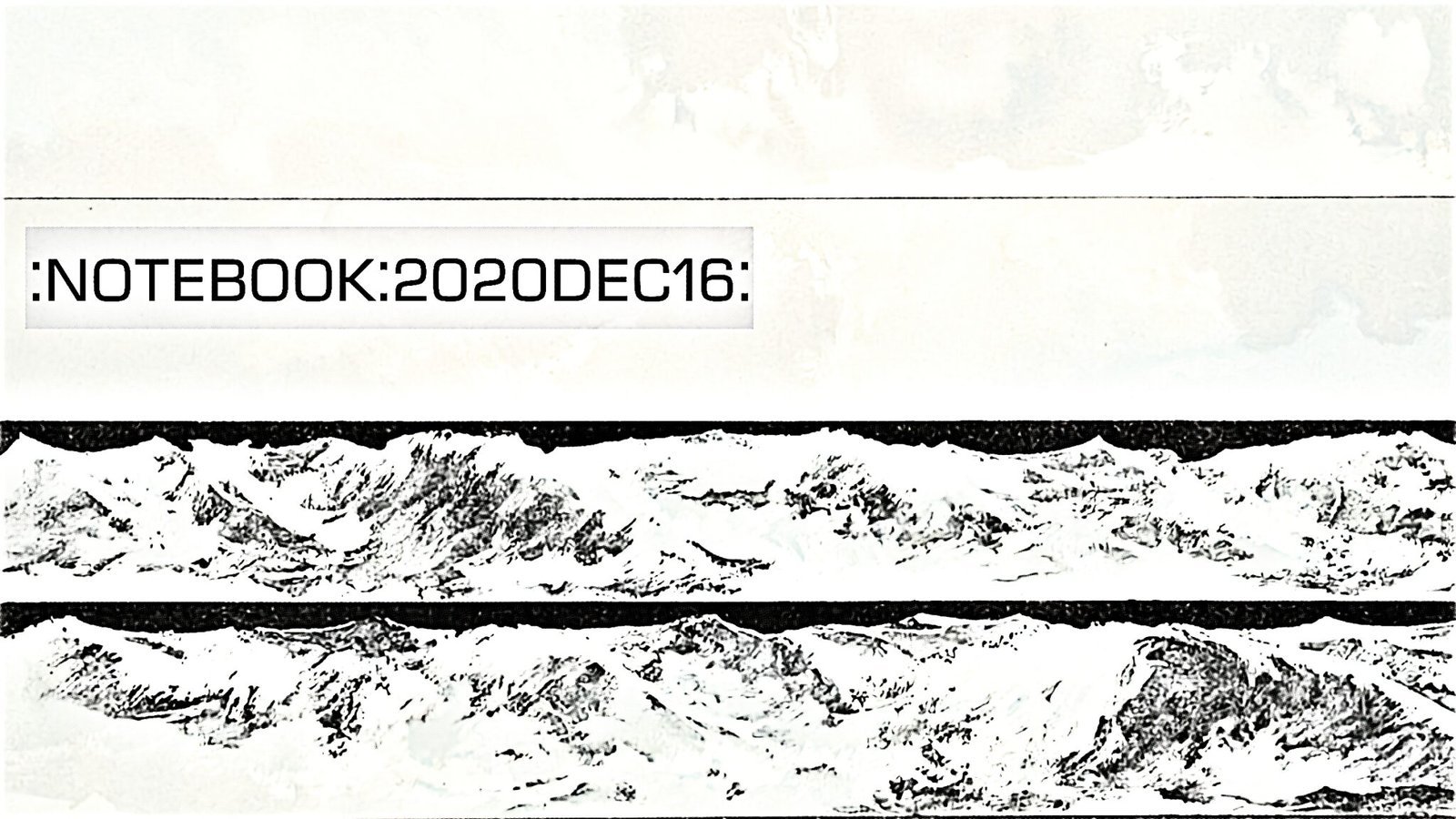
Hello, Distraction, My Old Friend → I meant to take a two-week break with my email newsletter and ended up taking five weeks off. That surprised me. It also made me think about distraction. The holidays — during which I announced my ‘short’ hiatus — are always a considerable distraction already. And then, this time around, we’re also navigating a pandemic and a volatile news-scape.
The beginning of each new year is usually calm and reflective, and I assumed the first week of 2021 would be the same, allowing time to seize back attention. Nope. So far, this new year has been a crazy one, a worrying one, a hectic one, and, as it turns out, a not entirely unexpected one. All attempts to write and publish Ringo foiled and unraveled.
Distraction’s a problem, always has been. Things seem to be settling down a tad, in both the outside world and my personal sphere. Here’s hoping the political winds change, and distraction levels decrease, but I’m not holding my breath. Personal and professional occurrences are distraction enough. I’m on a Sisyphean quest to defy and deny distraction so I can more easily do things I want to do this year — like send out a weekly Ringo.
Anil Dash recently posted about his Personal Digital Reset. This piece poses his alternative to New Year’s resolutions, a typically 2021 cleanse of one’s digital life. Many of his proposals make sense: a lot less (to no) social media, ingesting online news and information solely with intention, replacing FOMO with YAGNI (‘You Aren’t Gonna Need It’). Others, such as wiping your computer and reinstalling everything from scratch, seem drastic but might actually be a good idea. Honestly, getting bogged down for hours maintaining a computer sounds like another distraction to me. But we are recalibrating here, right?
Have you seen The Isolator? Here’s a helmet worn while working, to relieve the writer of all distractions. It even includes an oxygen tank, so you don’t have to come up for air. On the other side of the coin, there’s the TV Helmet — an enclosure that feeds the wearer nothing but distraction, uncontrolled and divorced from intention. Notice how similar these are in concept despite the dichotomic applications. Happiness is found somewhere in the middle, no headwear required.
——————
Ken Burns’ Jazz → Noting this because chances are you are an Amazon Prime subscriber so you can get those dark gray vans to visit your doorstep frequently. Jazz is available on Prime’s streaming service at no extra cost right this very moment. This astonishing series from K-Burns was released in 2001. That was just in time, as I doubt many of the interview subjects were around much longer. This thing is massive — is it like 20 hours, maybe more? Well, the pressure’s on because I think it’s leaving Prime (as a ‘freebie’) on the first of February. You’ve got a week. At the very least, watch the first few episodes — the origins of jazz are compelling, instructive, and say a lot about US history. Of course, the history of any country is in the history of its music.
——————
Elijah Knutsen – Pink Dream → Elijah Knutsen is a regular occurrence on the blog, and he’ll continue to pop up as long as his ambient experiments remain so alluring. Pink Dream is his latest, the second in a promised series of ‘micro releases’ issued through Knutsen’s new Memory Color imprint. The showpiece is “Wonder How,” which opens the EP with cavern-drenched guitar chords and reverb-maxed plucks. Bonus birdsongs add to the heavenly atmosphere — one almost imagines a giant, glowing harp in luminescent clouds — and the overall effect neighbors the instrumental passages on Cocteau Twins’ seminal Victorialand LP. Other cuts are shorter but no less fascinating, especially the closing “Somewhere Knows.” An intro of gentle crowd sounds fade into a ballet of organ tones and swooping hints of melody as the light throng of people slowly returns. The tune doesn’t sound like anything else that’s recently hit my ambient inbox, which is about as high a compliment I can give for something in this genre.

